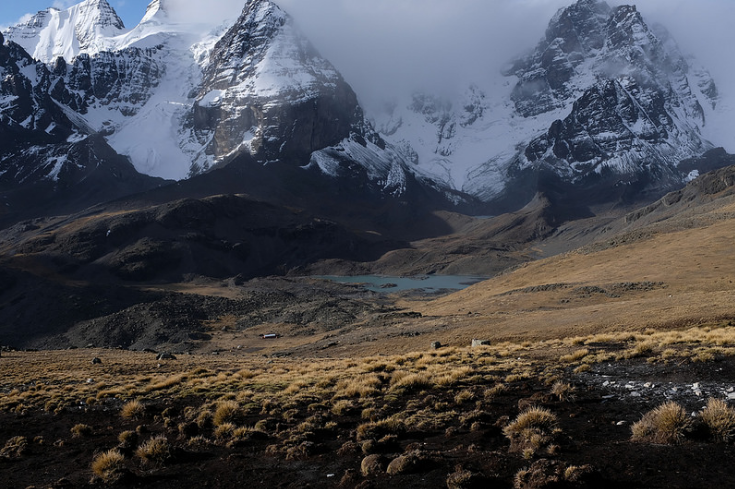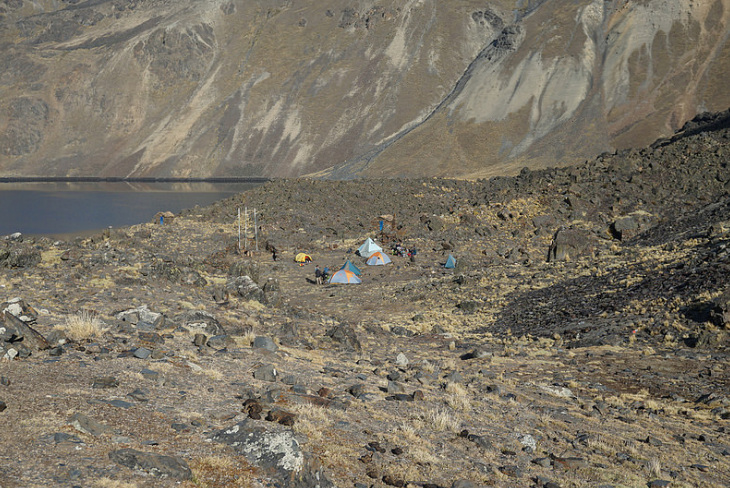Yesterday, Katie and I met with our archives on campus in the library. We began by discussing our visions for the project. We wanted a location with many trees that was at least semi-secluded from the city of Asheville. We wanted it to have historical background while allowing us to discover new aspects about it. Personally I wanted to use this site not only for this class, but as a retreat from society that I could spend time in and soak up the outdoors. Our archives mentioned many different locations some of them being the French Broad river, Sandy Mush, Blue Ridge Parkway, Bent Creek Experimental Forest and some other locations that were a bit too far away to access weekly.
Our archives provide us an overview of our options. The French Broad seemed like an accessible and highly documented location. There are many books and historical events located there such as a local protest that prevented it from being dammed. Though this site is very close to our house and has much accessible documents it did not appeal to us because we wanted to go out and discover more secluded and unknown sites in our area. We had the opposite problem with Sandy Mush. Personally I couldn’t find any information about it on the internet and have not gotten a chance to stop by our archive office again. The Blue Ridge Parkways is very close to my heart and perhaps not coincidentally my homes, running through both Asheville and Charlottesville. We found out in our meeting that it actually has its own archive here in Asheville that we are going to check out hopefully this week. Lastly, Bent Creek is a government run experiential forest that studies the effects of forest regrowth.
Out of these four options we were able to narrow it down even further to the latter; Bent Creek Experimental Forest and the Blue Ridge mountains. Bent Creek contains about 6,000 acres of Pisgah National Forest and is the oldest experimental forest east of the Mississippi. The USDA government website states this about the forest “It was established in 1925 for the purpose of conducting research on silvicultural practices that would aid in the rehabilitation of cutover, abused lands and promote sustainable forestry, and also to provide a field demonstration of forest management practice.” This peaked our interest. Not only is it full of trees and escapes the city of Asheville, it has an interesting purpose and background worth studying and investigating. The expanse of archives accessible to us about the Blue Ridge mountains on the other hand is an interesting allure. I have grown up in the shadow of these mountains and continue to be in their presence while in college. I have spent weekend camping and hiking trips but I realized I’ve never studied their historical background or voice as we put in class yesterday. I think it would be beneficial to be in this class and in life to investigate a small region of these mountains.
So within the next few days Katie and I will visit these locations and hopefully find more clarity on with site will be the best for this project!
 .
.